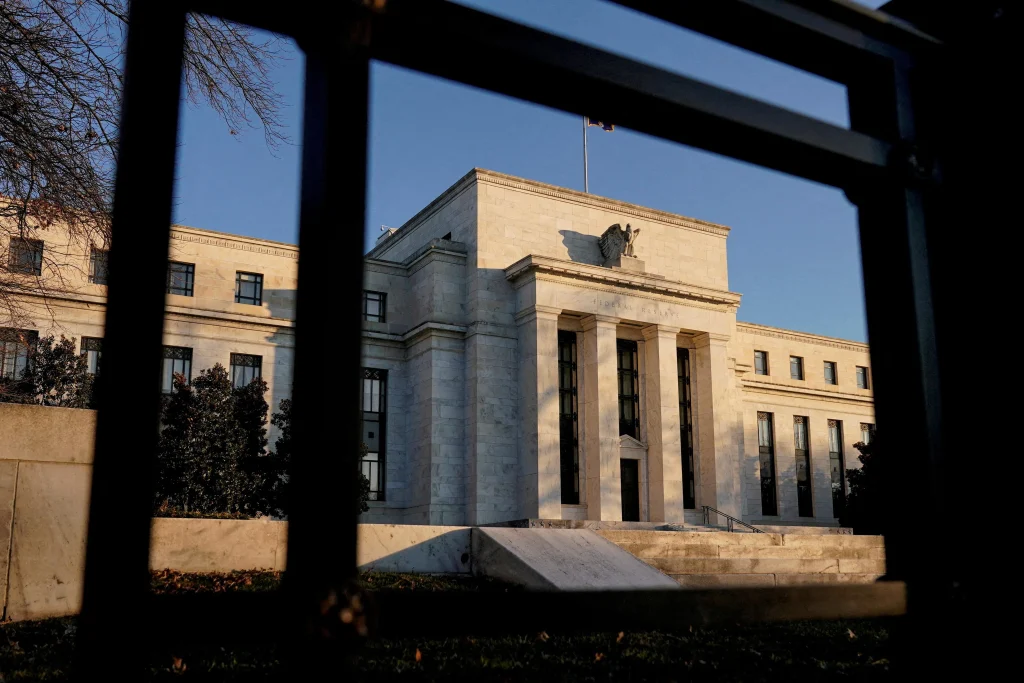[WASHINGTON] Federal Reserve policymakers have already signalled they are in no rush to cut interest rates, and a government report on Friday (Jun 6) showing the labour market is far from crumbling amid big trade policy changes only cements that stance.
The Labor Department’s monthly employment report showed the unemployment rate held steady at 4.2 per cent last month. Employers added 139,000 jobs, which combined with downward revisions to prior months’ estimates showed a cooling in labour demand but nothing abrupt; by comparison, job gains averaged 160,000 last year.
The latest job growth reading is going to give Fed policymakers more comfort about holding the US central bank’s policy rate steady as they watch to see how higher import tariffs affect the economy, analysts said, even as US President Donald Trump ratcheted up his calls for rate cuts.
“Europe has had 10 rate cuts, we have had none. Despite (Powell), our Country is doing great. Go for a full point,” Trump said in a post on Truth Social that urged the Fed to lower rates by 100 basis points. The president added that the Fed could simply increase rates again if inflation reignited.
Fed officials have telegraphed that they intend to hold rates steady at their Jun 17 to Jun 18 policy meeting. Financial markets have been betting the Fed will wait until September to cut rates and will deliver a second reduction in borrowing costs by December; after the jobs report they trimmed their bets on a possible third rate cut by the end of this year.
“Continued strength in the jobs number provides further support for the Fed’s patience,” said Scott Helfstein, Global X’s head of investment strategy. “The Fed is likely to remain on hold through the end of summer to see how tariff negotiations proceed and ensure prices are stabilising.”
Analysts said they expect more softening ahead in the labour market as higher import levies and government policy uncertainty strain economic growth. Job gains in May were concentrated in a narrowing range of industries, including health care, and manufacturing lost jobs in its worst showing since January, the employment report showed.
The workforce shrank by the most in 17 months. Fed policymakers, however, have signalled they are disinclined to act preemptively to cushion any emerging weakness in jobs, especially with higher tariffs seen likely to also push up prices and potentially reignite inflationary pressures.
The takeaway on the labour market for the Fed, said Krishna Guha, vice-chairman of Evercore ISI, is that, “given the lack of any serious cracks to date, the risk of waiting several more months to learn more with policy in a modestly restrictive posture looks low.”


